If you’re a regular reader of my blog or my social media channels, it’ll come as no surprise that I’m a big fan of Graz (map), Austria’s second-largest city. Its laid-back vibe is certainly infectious but there’s more to Graz that I find very appealing: its atmospheric historic centre, fabulous cuisine (Graz is Austria’s Culinary Capital), lively squares and beautiful parks among others. One of the things that impresses me most is its eclectic architecture. There’s a wonderful mix of old and new architecture that makes a stroll around the city a treat for architecture fans. Here are the architectural highlights of Graz which you can easily see on a wander around the city.
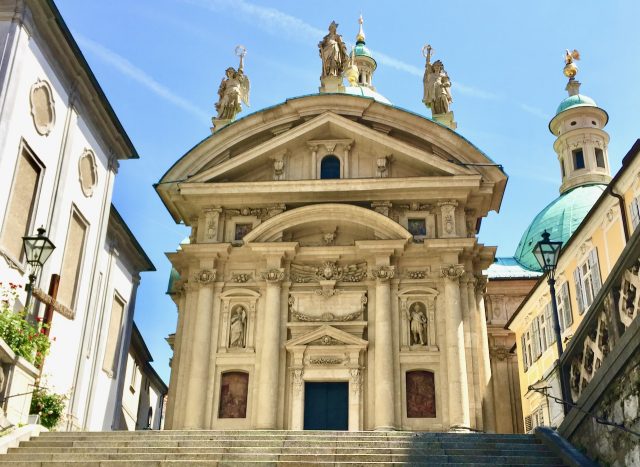

The map below shows the architectural attractions described in this post. Almost all of them are within walking distance of each other in or at the edges of the historic centre. Purple markers = historic monuments. Green markers = modern architecture.
Historic architecture in Graz
The historic city centre of Graz (a melting pot of Neo-renaissance, Gothic and Baroque styles) was added to the list of UNESCO World Heritage sites in 1999 as a “harmonious blend of the architectural styles and artistic movements that have succeeded each other from the Middle Ages until the 18th century, from the many neighbouring regions of Central and Mediterranean Europe.” (source: UNESCO WHC). Here are some of the historic architectural gems in Graz:
Hauptplatz
Hauptplatz is in the centre of Graz. Lined by beautiful, elaborate façades on one side and the stately Rathaus (City Hall) on another, the Hauptplatz is a great starting point to explore Graz.
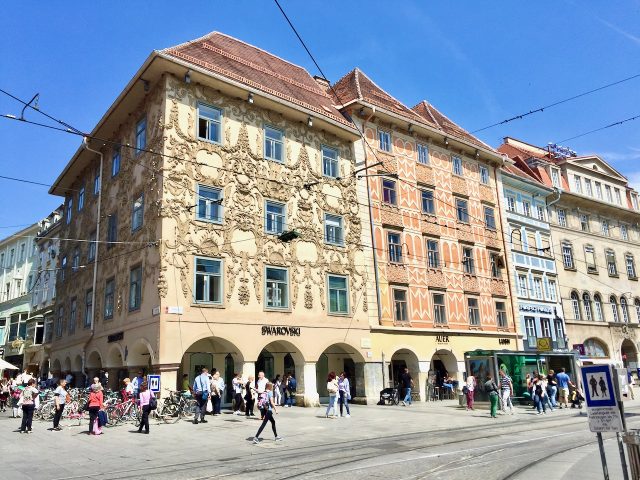
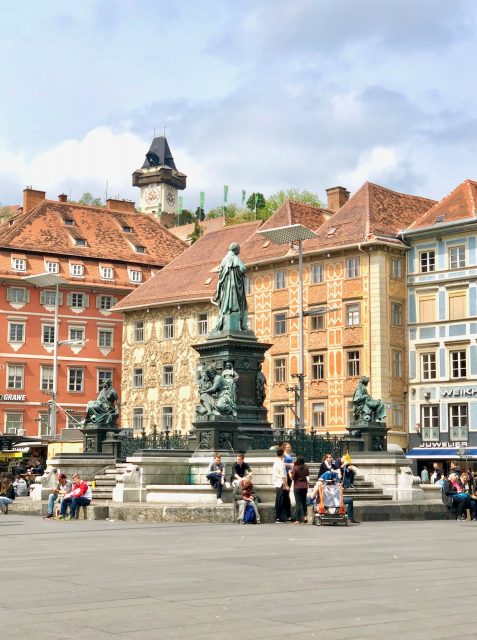
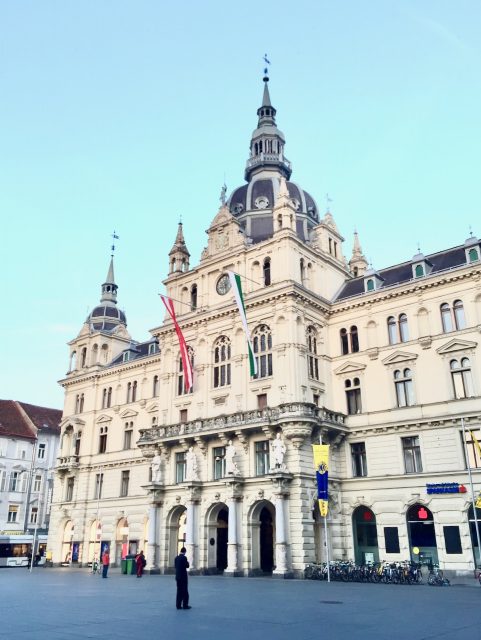
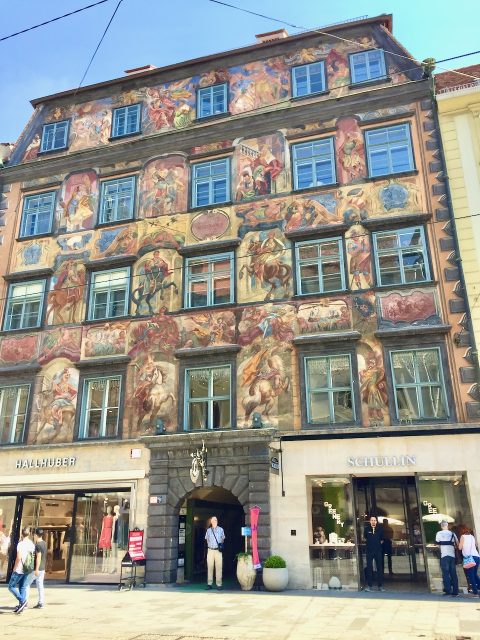
Double-spiral staircase in the Grazer Burg
The Grazer Burg or Castle was built in the 15th century and is home to one of my favourite architectural gems: this stunning double-spiral staircase! Locals call it the ‘stairs of reconciliation’ because if you choose to go in opposite directions on one level, you’ll meet each other again on the next level.
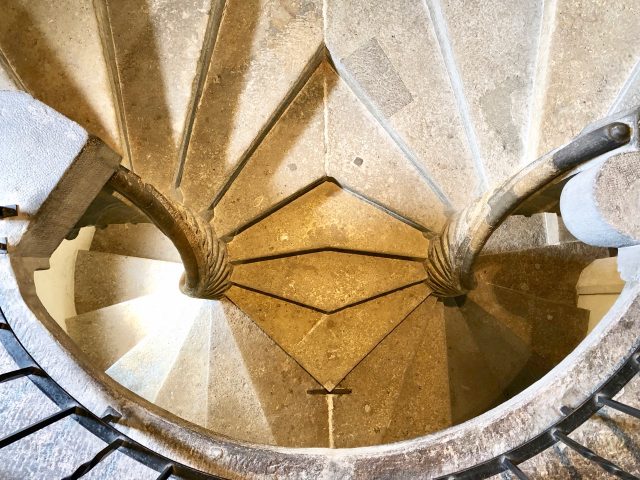
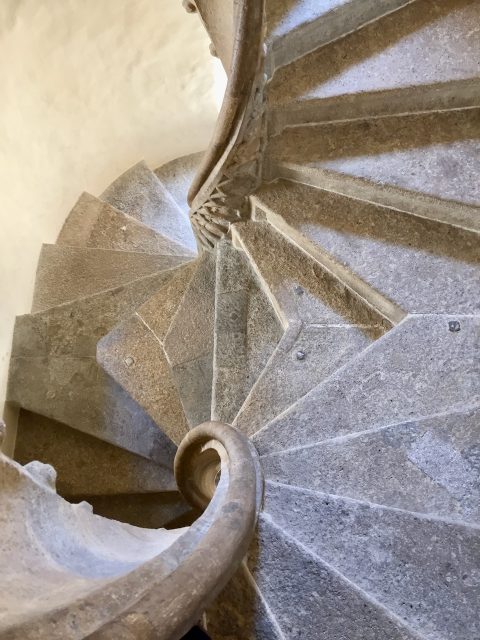
Edegger Tax Bakery
The Edegger-Tax Royal Bakery is an institution in Graz. You can’t miss its stunning wooden façade at Hofgasse 6.
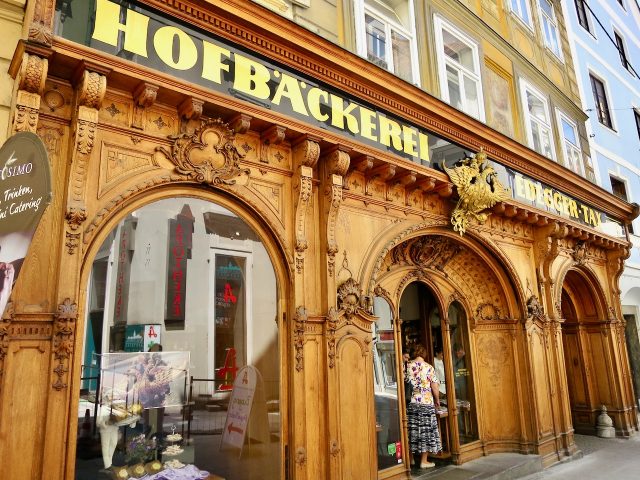
Renaissance Graz
In the 16th century, the city’s design and planning were primarily controlled by Italian Renaissance architects and artists. Their influence can still be seen till this day, as evidenced by the many inner courtyards, ornate portals, stately columns, beautiful embellishments and swooping arches you’ll discover on a Graz architecture walk.
Landhaus
The Landhaus is an excellent example of 16th century Italian Renaissance architecture, and was built as a palace. It has several courtyards surrounded by elegant arches.
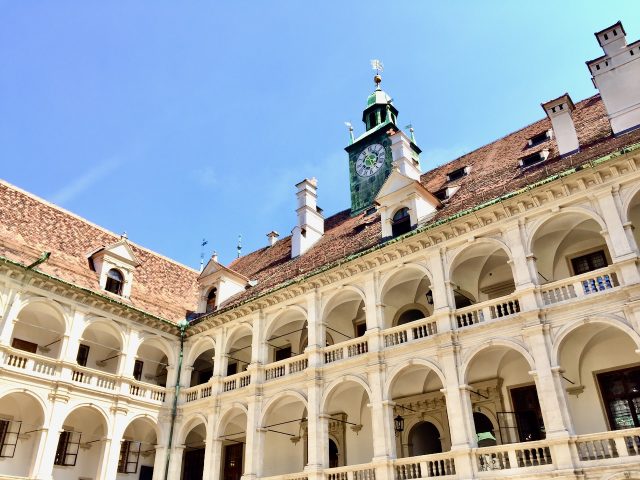
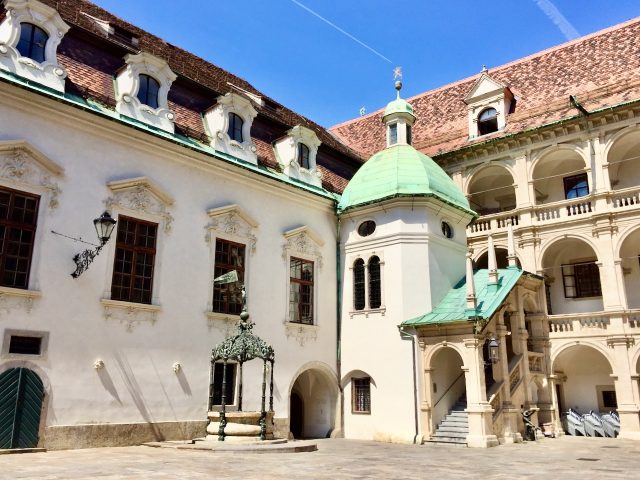
Glockenspielplatz and Mehlplatz
The Glockenspielplatz has several gorgeous Renaissance examples. The clocktower is a tourist attraction due to its dancing figurines that appear at the strike of the hour (11am, 3pm and 6pm).
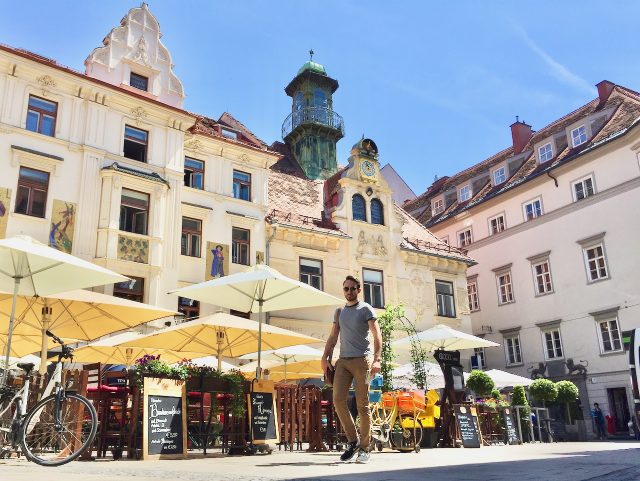
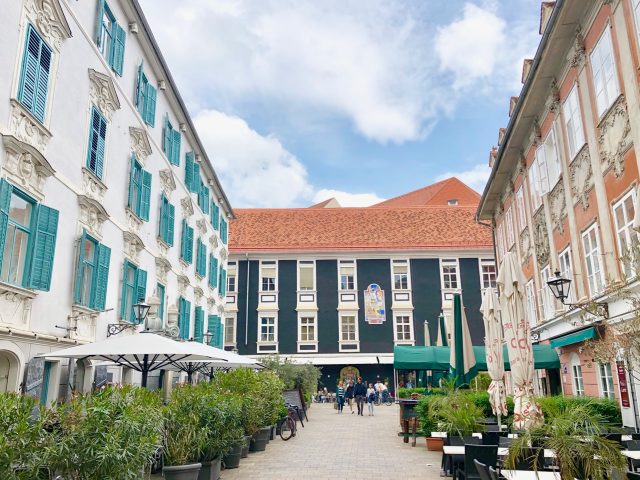
Graz courtyards
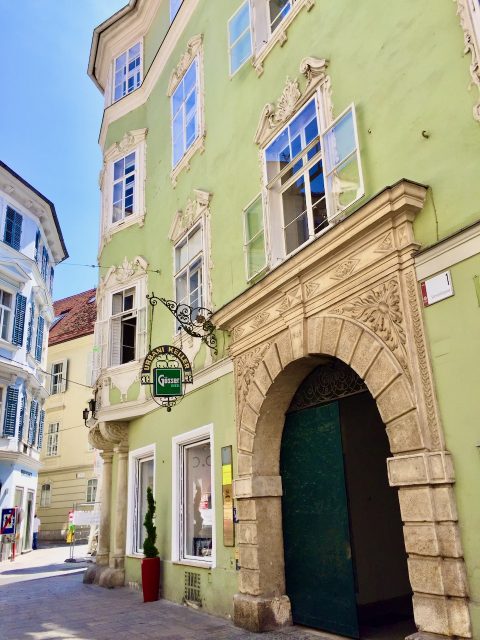
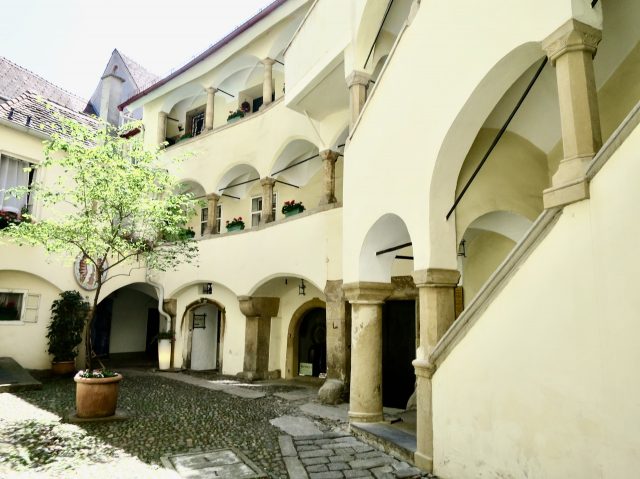
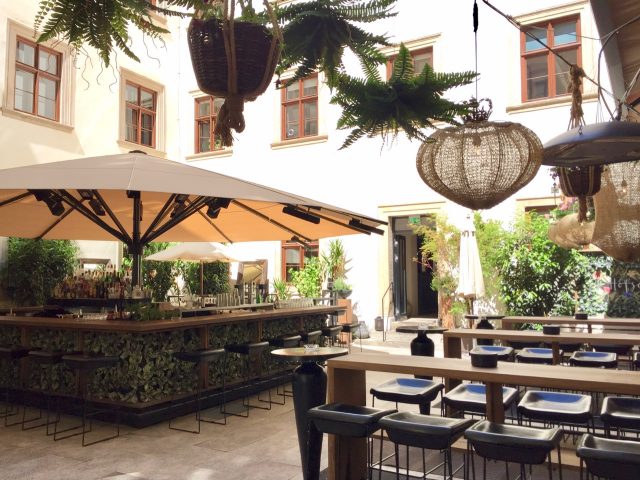
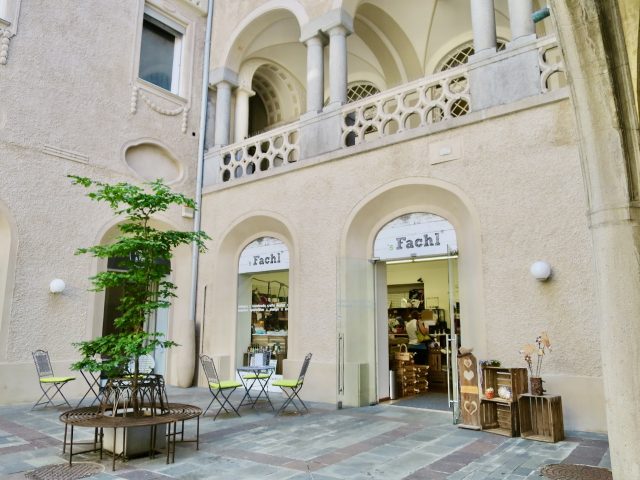
Eggenberg Palace
The 17th century Eggenberg Palace, located just outside Graz, is the most important Baroque palace complex in the region of Styria, In 2010, Schloss Eggenberg was listed as a UNESCO World Heritage Site (an addition to the listing of Graz’s historic centre). The palace features an intriguing astronomical design, 24 state rooms and over 500 ceiling paintings!
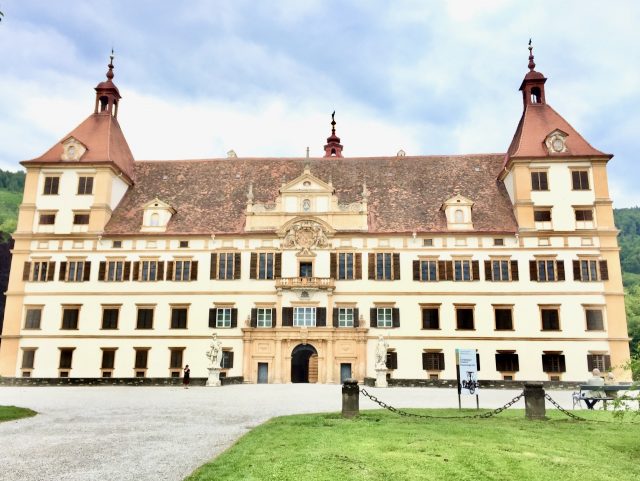
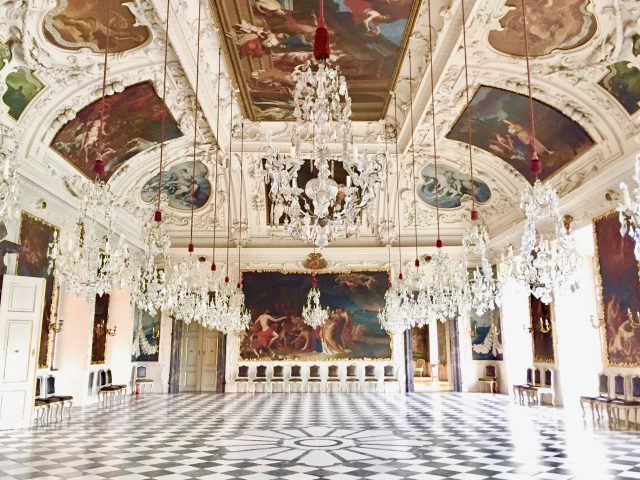
Contemporary architecture in Graz
There’s no shortage of beautiful and intriguing contemporary architecture in Graz. Scattered across the city, these bold new structures are certainly eye-catching. More importantly, they reflect the city’s position as a centre of cutting-edge design, architecture and technology. In addition to being a UNESCO World Heritage site, Graz also received the title of UNESCO City of Design, a recognition of its active and forward-looking approach to urban culture and design. Here are some of my favourite examples of modern architecture in Graz:
Joanneumsviertel
The Joanneum Quarter is a cultural centre that houses the city’s Neue Gallery, Natural History Museum, a Science Centre and the Styrian State Library.
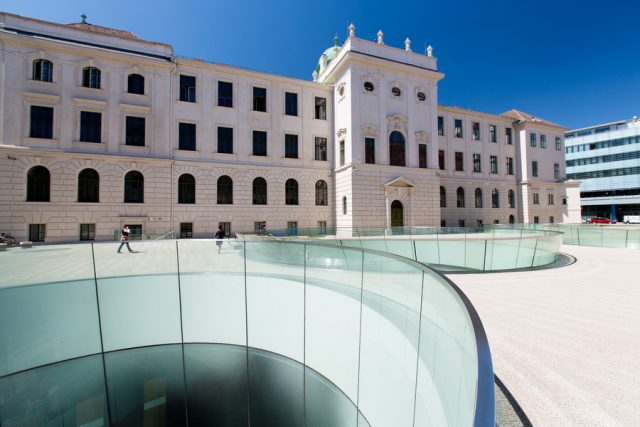
Argos
In the city centre, you’ll also find this extraordinary building: Argos, designed by the famous architect Zaha Hadid.
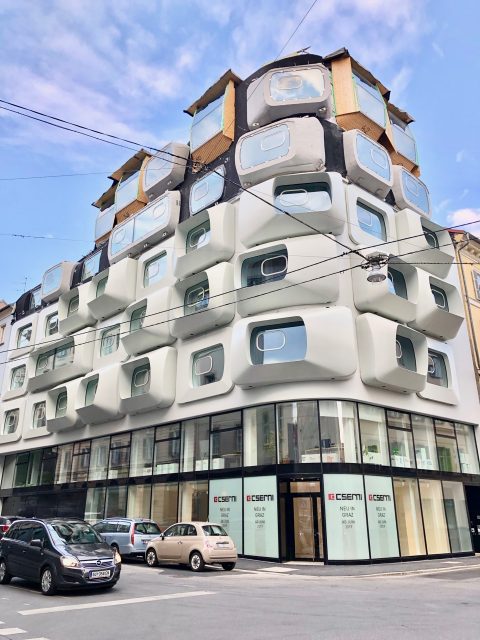
Aiola Upstairs
Aiola Upstairs is a restaurant located atop Schlossberg. This glass and steel structure blends in beautifully with the green surroundings. It’s a great place for drinks or a meal while you enjoy the panoramic views of Graz.
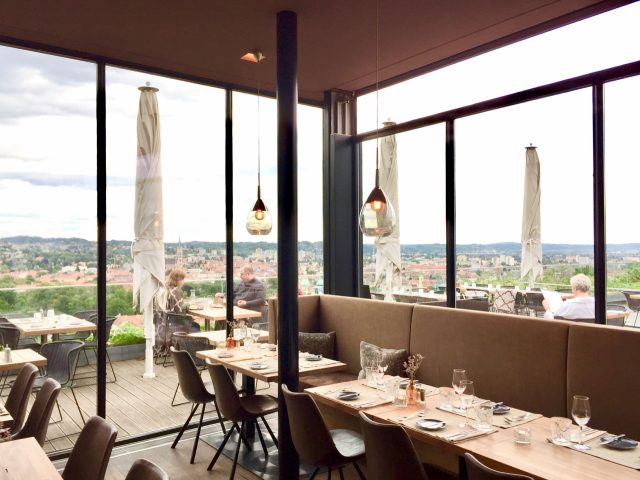
Freiblick Tagescafé
Located on the rooftop of the Karstner & Öhler department store, Freiblick Tagescafé is a cool place for a meal, drinks and terrific views of the terracotta rooftops of Graz.
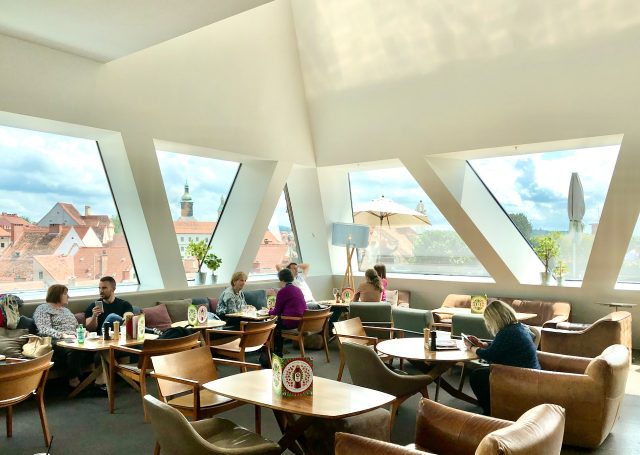
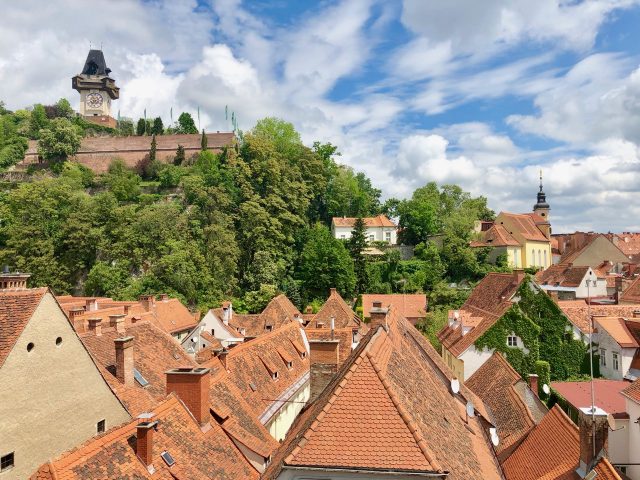
A1 Telekom Austria
Located across the Mur River from the old town, the A1 Telekom Austria building, with its playful glass façade is a striking building.
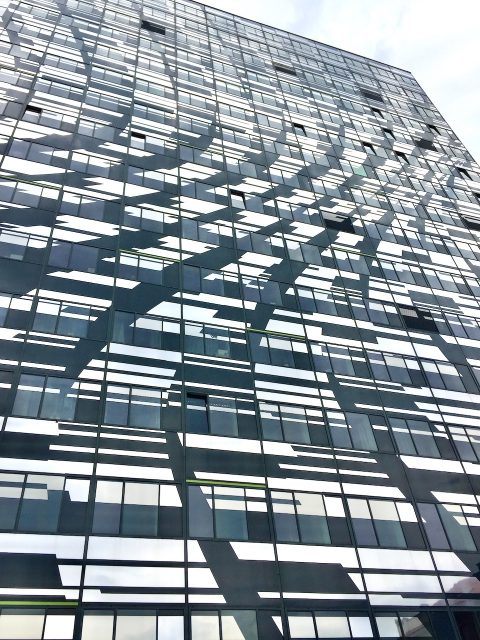
Ragnitzstrasse 36
This zig-zag façade is an apartment block at Ragnitzstrasse 36 and was designed by Love Architecture and Urbanism.
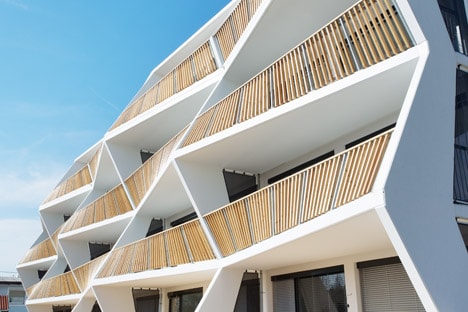
Murinsel
The Murinsel looks like an island in the Mur River but is actually a floating platform. It houses exhibition and concert spaces as well as a café.
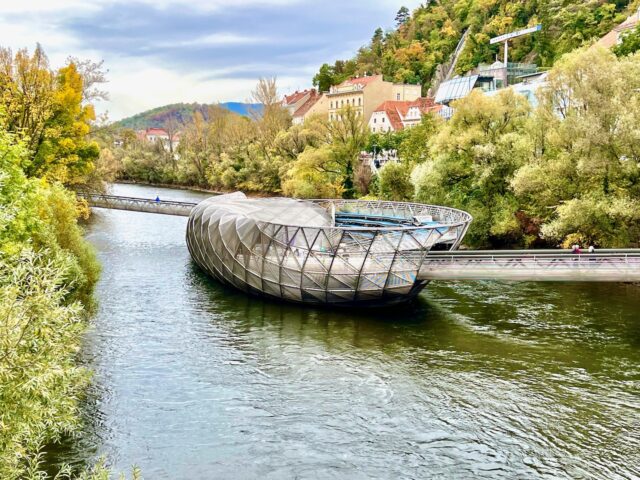
Kunsthaus
The Kunsthaus (museum of modern art) is a peculiar sight in the Graz skyline. Also called the ‘Friendly Alien’, it was built as part of the European City of Culture celebrations in 2003.
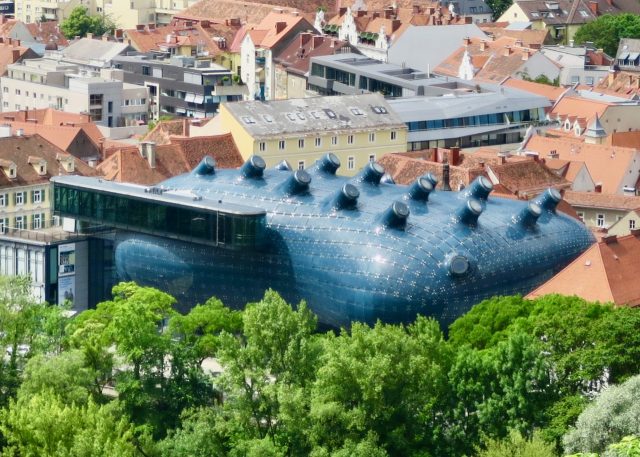
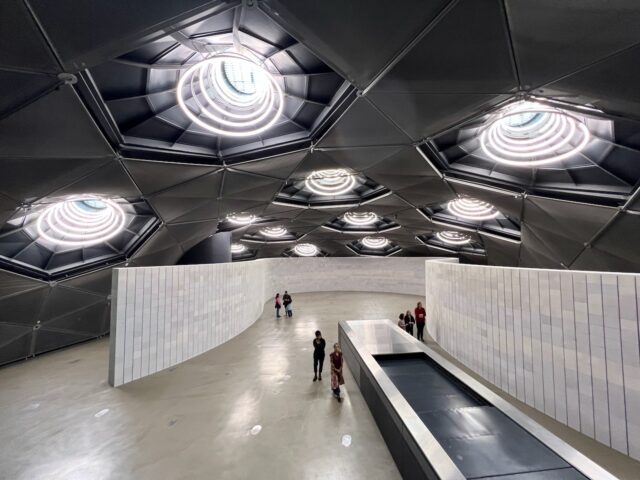
Other cool examples of contemporary architecture in Graz include the MUMUTH, university buildings and MP09. If you’re interested, you can also visit the House of Architecture or HDA (Mariahilferstrasse 2).
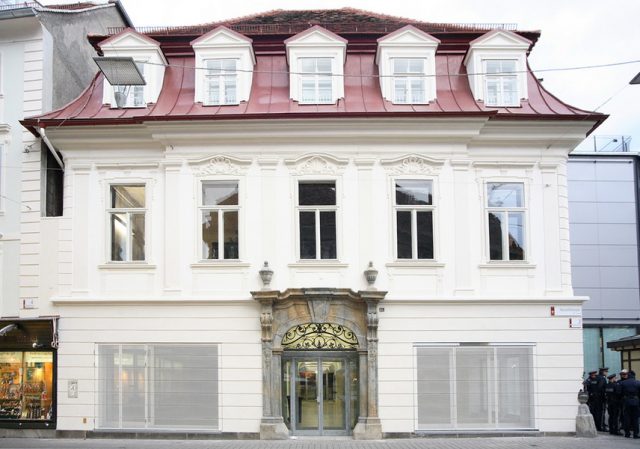
Read more about things to do in Graz, how to spend autumn in Graz or my suggested itinerary for a Graz city break.
This post is a collaboration with Graz Tourismus.

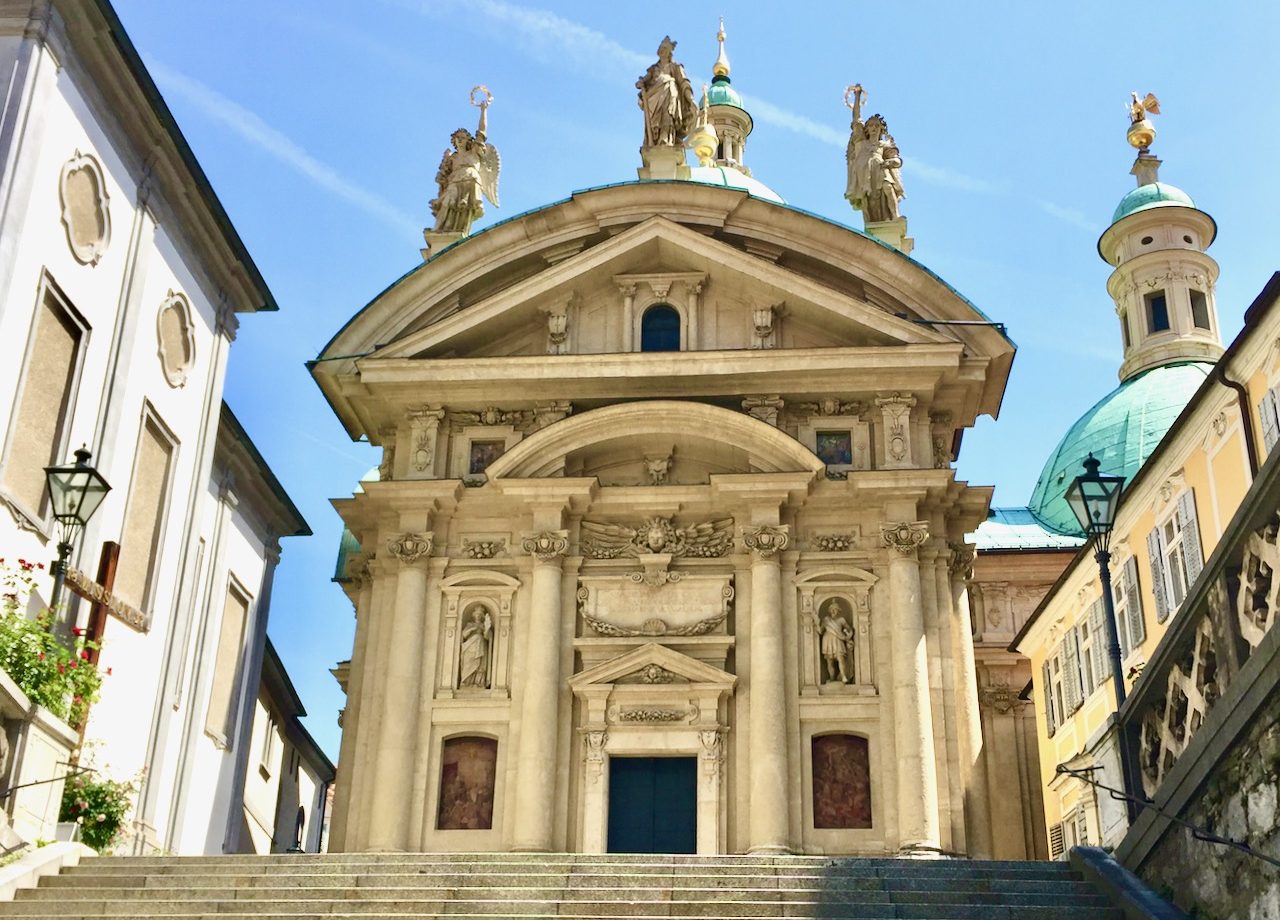
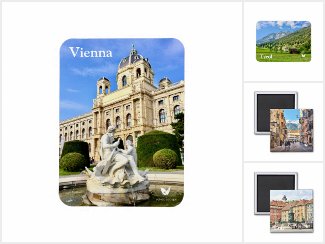
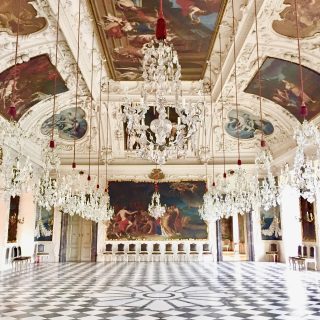









[…] Architecture walk in Graz […]
[…] Read more about Graz architecture. […]
[…] The best thing to do in Graz is to simply stroll around and soak up the atmosphere. Wandering around, I became increasingly conscious of a unique vibe in the city; as I observed the people, I couldn’t help but notice a certain ‘joie de vivre’, something I found very appealing. I sensed it everywhere: from the alfresco cafés, bustling markets and hip coffee shops to local designer stores and deli’s. Wherever I looked, I found people enjoying fabulous food and wines at outdoor terraces. Add to that, gorgeous 16th century Italian Renaissance architecture and I really felt like I was in the Mediterranean! Read more about architecture in Graz. […]